Back in September 2019, my monthly edition of Forgotten Silver listed three creators (Vincent Marchesano, Sylvie Rancourt and Dave Geary), as well as one cohort of artists (FreeKluck) who I believe should be inducted into the Joe Shuster Awards’ Canadian Comic Book Hall of Fame. At this time, all of my selections are still waiting to be inducted. I stand by these suggestions and hope that these creators will eventually receive the attention that they deserve.
As part of bringing attention to these forgotten and overlooked creators, last year I wrote a two-part series about FreeKluck. The first column was an introductory look at the group, while the second column offered a checklist of their comics. I feel like this was a good exercise to demonstrate the significance of FreeKluck for understanding and collecting Canadian Silver Age comics. As such, it is time for a similar look at one of these creators. This month, I will focus on the work of Saskatoon’s Underground Comix legend Dave Geary (also sometimes referred to as David Stewart Geary). At some point down the road, I plan to present a similar treatment of the works of Sylvie Rancourt, as well as Vincent Marchesano and his frequent collaborator Art Cooper.
I don’t think I really understood how well-known that Dave Geary is in Saskatoon until the day that I defended my Ph.D. in 2018. My external examiner, Dr. Sandy Ervin (a faculty member from the University of Saskatchewan’s Department of Archaeology and Anthropology), entered the defence room early. I was very nervous, but he broke the ice by asking me about my comic book research (which he had heard about and had nothing to with my Ph.D.). He then tested my knowledge of Canadian comics by asking if I had ever heard of Dave Geary. Not only had I heard of Geary, I showed him my file of covers and other information about the creator. Dr. Ervin was impressed and we spent the next half hour chatting about comics before my defence began. As Dr. Ervin explained to me, Dave Geary is highly respected in Saskatchewan because of his comics, broader artworks and commitment to environmental activism and decades of teaching as a part of the University of Saskatchewan’s Department of Art and Art History.
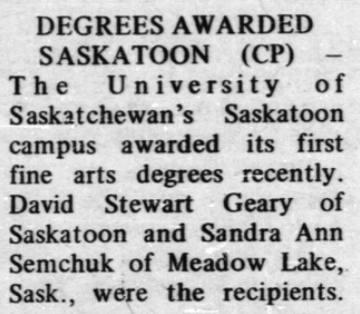
Geary was one of the most prolific self-published underground creators in Canada during the 1970s and is responsible for the development of the comic book scene in the prairie provinces, first as a creator and later as a teacher/mentor. Geary was one of the few Underground creators in Canada who achieved a following in the USA and has several of his books listed in Jay Kennedy’s 1982 Official Underground and Newave Comix Price Guide. Geary also has the distinction of being one of the first two graduates from the University of Saskatchewan’s College of Fine Arts program in 1970.
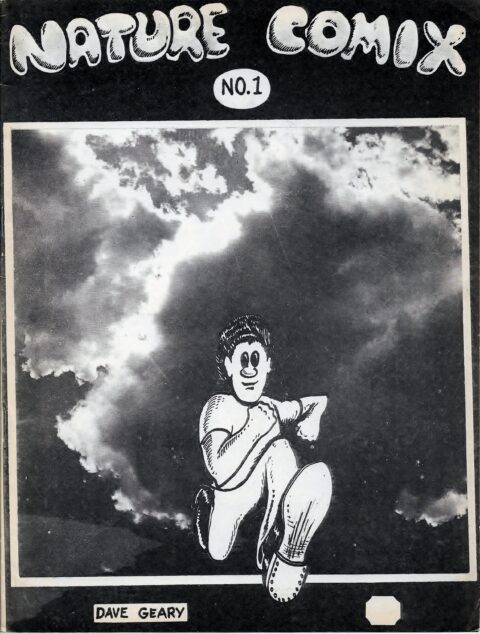
He released his first comic book, 1970’s Nature Comix # 1, as an undergraduate student. The comic was self-published under Geary’s name and is magazine size. I wrote about this comic and its follow-up, Nature Comix # 2, in my profile of environmental underground comix last year. Despite Geary’s future as an environmental activist, these comics only sport a few stories that are centred on environmental themes. Several years ago, it was easy to source copies of the first issue, but most of Geary’s comics are not coming to market often anymore and are increasing in value. Expect to pay at least $100 CAD for issue # 1 and several hundred dollars for issue # 2.
It is unknown how many copies of the first issue were printed, but the second issue had a print run of only 500 copies. Both are scarce. Some sources (including the Kennedy Guide; # 1347) list Nature Comix # 2 as also being released in 1970. I have yet to confirm this but am inclined to believe Kennedy. If this is the case, then issue # 2 is likely Geary’s second comic and was also released when he was still an undergraduate at the University of Saskatchewan.
Geary’s next comic was 1971’s Beer Comix # 1 and was published by Public Publications. The issue is a straight-up underground creation that is stylistically similar to the American comics of the genre that were being popularized in California at the time. Like the two issues of Nature Comix, this comic is magazine size. We do not know how many copies were printed, but the comic is not as rare as some of Geary’s other work and is usually available for sale on sites like eBay. Despite this, it is arguably Geary’s best-known comic. Expect to pay $250 CAD or more for a specimen.
The follow-up to Beer Comix # 1 was the retitled Bridge City Beer Comix # 2, which was released in March 1973 and used the same numbering. This time, Geary dropped the Public Publications name and released the comic under the name “Bridge City Booger Company.” Another scarce comic, expect to pay several hundred dollars for a specimen if you can find one. I believe this to be Geary’s final magazine size comic.
The third and final issue of Bridge City Beer Comix was released in August 1973. Unlike previous releases, this is Geary’s first comic that is digest size. Geary also starts experimenting with photo-comics/fumetti in this issue. Indeed, much of the contents of Bridge City Beer Comix # 3 involves some use of fumetti by itself or combined with original artwork. For the fourth time in as many years, Geary changes the name of his publishing company, this time to “Popular Culture Exploitation Press,” which would be the name he would continue to use for much of the rest of the Silver Age.
Bridge City Beer Comix # 3 also sees Geary move away from the trappings of some of the earlier underground comix tropes that he relied on in favour of a more experimental style. In some ways, this particular comic is more reminiscent of the comics that I associate with the literary avant-garde (such as Snore Comix) while being far less cryptic and maintaining his absurdist flair. His next couple of comics would move away from fumetti and back to his underground roots while offering absurdist social commentary that was more and more focused on Saskatchewan. Like Geary’s other early work, this comic is very difficult to find and we have to assume that it had a small print run. I was fortunate to pay $70 CAD for my copy, which was sourced from a dealer in Utah. That was nearly five years ago and I have only seen a couple of specimens surface since then. I think that this comic would easily fetch $200 CAD in today’s market.
Geary’s next comic, 1974’s Fleshapoids from Earth, was also published under the Popular Culture Exploitation Press name. Unfortunately, I have not had a chance to look at this comic beyond images I have found on the internet. This may seem strange to Geary collectors considering that it is one of his more common books. I suspect that it had a larger print run than Geary’s earlier work, but have not verified this. I am not sure what the comic is about, so I will not offer any commentary here. That said, copies of Fleshapoids from Earth tend to sell for around $100 CAD and are generally available for sale.
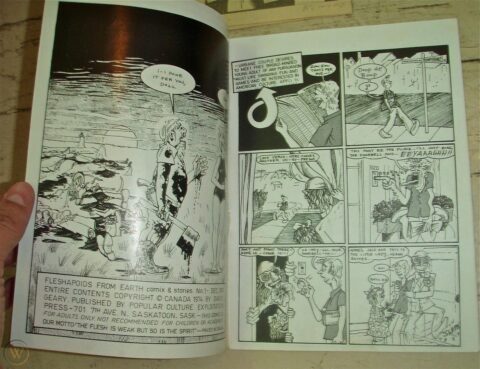
Perhaps the most accessible work of Geary’s career is 1975’s Gopher Freedom. I profiled the comic in more detail as part of my overview of the Canadian environmental underground comix last year. The comic offers an absurdist social commentary of resource extraction in Saskatchewan in the form of a gopher rebellion and uprising leading to guerilla warfare against American infiltrators.
Gopher Freedom is based on a story by Terry Zimmer with artwork by Geary and was published under the name “Trans-Prairie Gopher Freedom League Propaganda Press.” It remains one of my favourite comics from the Canadian Silver Age. The comic has two known print variations and is generally available for under $50 CAD. We believe that this comic had the largest print run of any of Geary’s work, albeit this is unconfirmed.
Geary released one final comic in 1976 before going on hiatus from publishing his own books: Bridge City Revue # 1. This digest-size comic returns to the experimental photo-comic/fumetti style that he started developing in Bridge City Beer Comix # 3. The result is crisper and more coherent than the earlier work. This would be the final comic that Geary would release during his initial period and the last comic that he would release under the Popular Culture Exploitation Press name for nearly a decade. Geary would not publish another comic book until 1981. I was fortunate to pay $70 CAD for my personal copy in 2016, but I have only seen one more copy come up for sale since then (which is currently available on eBay as part of a bundle of Geary books). I suspect that this comic would sell for several hundred dollars in today’s market.
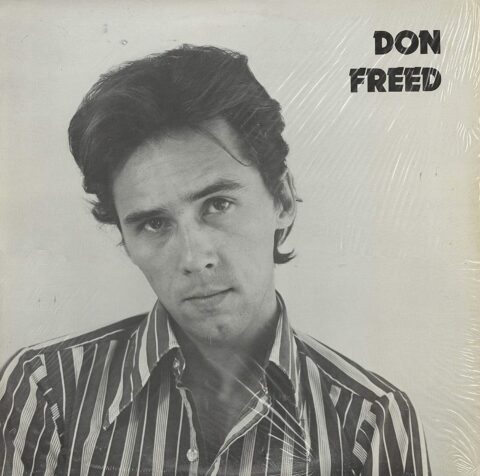
It is important to note that Geary continued to make comics during the five years that he did not publish a new comic book. During the late-1970s, he contributed strips to the University of Saskatchewan’s student newspaper The Sheaf and the little-known magazine Uranus. This changed in 1981 when Geary drew a comic book for Saskatoon folk musician Don Freed that would be included with his album Off in All Directions. The result was Scratchatune Comics, which took its name from Freed’s music publishing company and is a play on name Saskatoon. The 12-page comic depicts illustrated adaptations of songs that appear on the album. Our research suggests that it was only included with first pressings of Freed’s LP. The album itself is not particularly coveted by audiophiles and is regularly available on sites like Discogs for under $10 CAD. That said, it is difficult to find a copy of the album with the comic included, as most dealers try to sell them separately. Expect to pay around $50 CAD for the comic alone if you can find one.
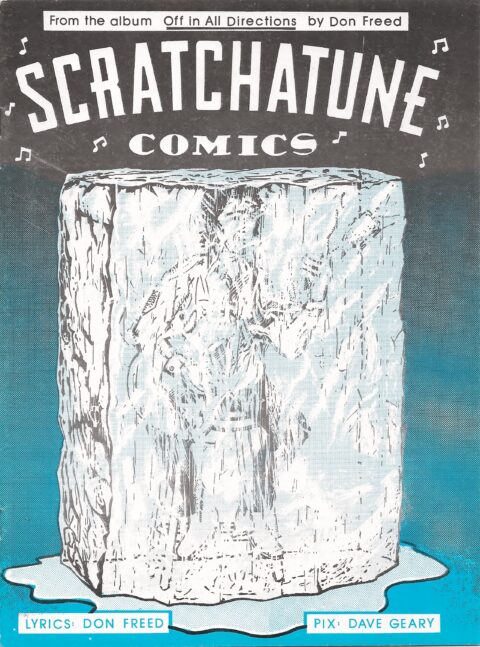
By 1982, Geary was lecturing at the University of Saskatchewan and had built an impressive profile as an artist. A collection of his comics for The Sheaf and Uranus magazine were reprinted by Sheaf Publishing as Bridge City Revue # 2 (which would be his final comic released under the “Bridge City” name). The comic is off size but is close to standard American Silver Age size in its measurements. It is entirely printed on newsprint and its format somewhat resembles a tabloid newspaper. The comic was also released to coincide with a gallery show that featured Geary’s artwork in Saskatoon.
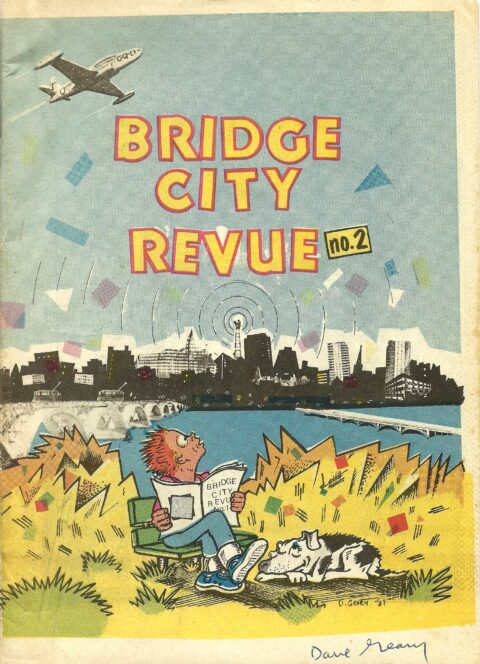
For fans of Geary’s early work, this is a return to his earlier form insofar as it is comprised mostly of original comic book artwork (though it does contain some photo-comics, which I will return to shortly). Indeed, this comic includes his most polished comic book artwork of the era. Like most of Geary’s other comics, the print run is unknown. However, this comic seems to have suffered from being on newsprint and may not have survived as well as Geary’s other comics. Bridge City Revue # 2 rarely comes to market and sells for much more than the two fumetti-heavy “Bridge City” titles that preceded it. I paid $150 CAD for a signed copy in 2016 and have not seen another specimen surface since. It seems like a steal today.
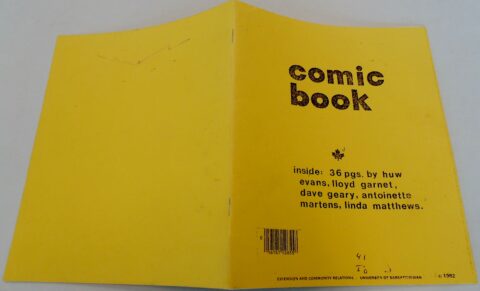
The rarest comic released by Geary was also published in 1982. Rarely seen, nondescript and almost impossible to search for because of its generic title, Comic Book was a group assignment that Geary’s students created as part of a course that he was teaching. Geary contributes some artwork to the comic, which was limited to only 50 numbered copies. Dan Bryantowich and I were fortunate to examine the copy held by Library and Archives Canada (LAC) several years ago. Dan has subsequently been able to source a copy of the comic for his own collection, in what amounted to a Herculean effort to track down students involved with the project. The copy that Dan owns and the one in the LAC are the only extant specimens that I am currently aware of.
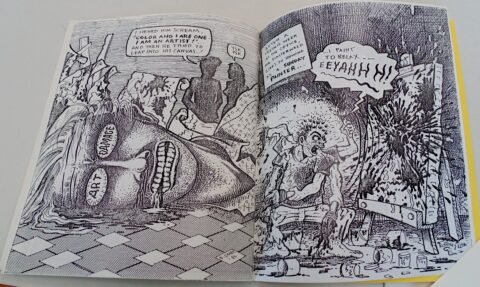
As Geary became more focused on his academic pursuits, lecturing, and broader artistic projects, he transitioned his comic book output towards mini-comics, while also working on his MFA degree at the University of Saskatchewan (which he completed in 1985 and is titled Color in the Constructed Relief).
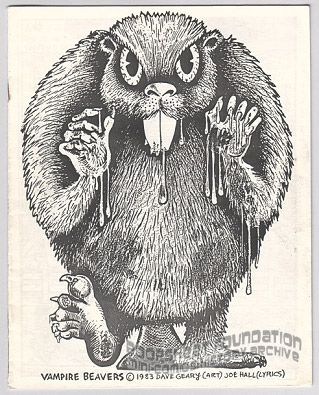
Unfortunately, this is the era when our research runs into several roadblocks and potential lacunas. We know that Geary contributed to issues of Peter Dako’s long-running series of minis Casual Casual and we also know that Geary released a plethora of minis himself from 1983-1989 (most under his Popular Culture Exploitation Press imprint). The first of these minis was 1983’s Vampire Beavers, which Geary drew with a story by Joe Hall. Thanks to the painstaking work of Rick Brantford and Steve Ogden at the Poopsheet Foundation, we have access to images of three of Geary’s mini-comics, including Vampire Beavers.

Although we cannot be 100% certain without additional information, it appears that after Vampire Beavers, Geary’s mini-comics were entirely photo-comics/fumetti. One of the other minis that we have access to thanks to Poopsheet is 1985’s A Boy and His Gopher. This mini is not an original work, instead reprinting a story found in 1982’s Bridge City Revue # 2.
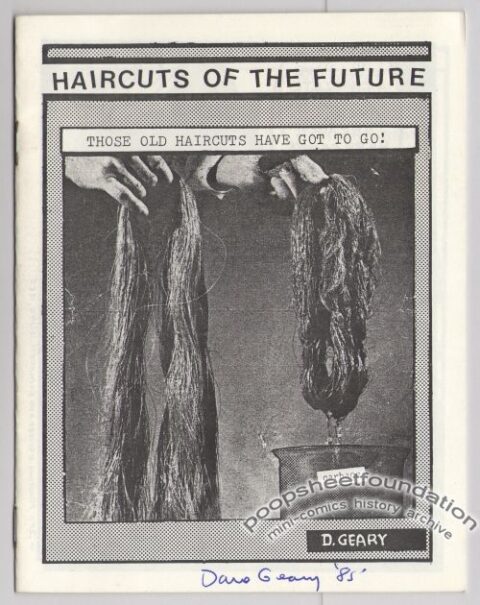
Poopsheet offers us images of one more Geary fumetti mini-comic, 1985’s Haircuts of the Future. This may be an original comic, but may also be a reprint. More research is required to ascertain this with any certainty.
The story does not end here, as Geary published numerous additional fumetti mini-comics until 1989. Unfortunately, I have not found images of any of these other comics, despite searching for half a decade. This research is made even more difficult by the fact that none of Geary’s later minis are held by the LAC. In fact, the only reason why we know that more exist is that a sizeable number are held in the “Local History Collections” of the Saskatoon Public Library
Even without being able to see the minis held in the Saskatoon Public Library system, we can still make some inferences. These minis are almost certainly fumetti and tend to feature local artists and well-known figures in Saskatoon who had their images photographed and adapted by Geary for his comics. Geary’s late-1980s comics were also collaborations with artist Diane Carlson (with whom Geary released the film My City in 1989). Carlson would perform characters for Geary to photograph and use in his photo-comics. Geary and Carlson were working together by 1985, so it is possible that the woman on the back cover of Haircuts of the Future is Carlson. Either way, we do know that Carlson is featured as the title character in another mini released in 1985 called Giddiest Girl Goes Shopping. Geary and Carlson then collaborated in 1986 with Madame Di and the Perturbed Poltergeist and again with 1987’s Welcome to Mme. Colette’s Literary Soirée.
All three of these comics were released under the Popular Culture Exploitation Press name. The Saskatoon Public Library System does not have a copy of Haircuts of the Future in its holdings, so it is possible that Geary (alone or with Carlson) published additional mini-comics during this time that we have not yet identified. Geary and Carlson’s collaborations continued with 1988’s My House and Garden and Lifestyle Digest Illustrated (this time published by the “Bureau of Cultural Propaganda Press”) and again with 1989’s The Wonder that is Paris. Geary’s last known comic published in the 1980s was a pamphlet called Travel Guide to Saskatchewan: So, Like, How’s it Goin’ EH? It is unknown as to whether or not Carlson was involved with this comic.
These minis are so rare that it is impossible to gauge their value. Hopefully, someone out there has specimens of these comics (or others that I do not know of) and we will see them come to market someday. If you have any of these comics, I would love to hear from you.
By the 1990s, Geary was not publishing his own comics anymore and was only occasionally contributing to larger collaborative anthologies, such as 1993’s Saskatoon Jam # 3, which featured work by a young Dave Collier and Huw Evans (who was one of Geary’s students who worked on Comic Book) among several other up and coming creators from the city. Geary shifted towards other academic pursuits, art projects and environmental activism over the decades that followed.
To this day, Geary remains the most underappreciated comic book creator from the Canadian Silver Age. Yet, he was singularly responsible for the development of the comic scene in the province of Saskatchewan with his highly polished underground comix in the early-1970s. He is also one of the few early underground comic creators that continued to work in the medium throughout the remainder of the Silver Age (and into the Modern Age). Geary transitioned from underground artist during his undergraduate days to experimental fumetti and embraced the move to mini-comics in the 1980s. He mentored other creators in Saskatoon and remains well-known and respected in the city today. In my opinion, he is the most important comic creator from the Canadian Silver Age who has not been inducted into the Canadian Comic Book Hall of Fame.

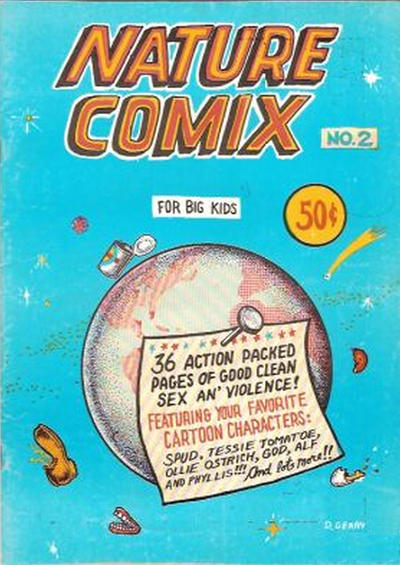
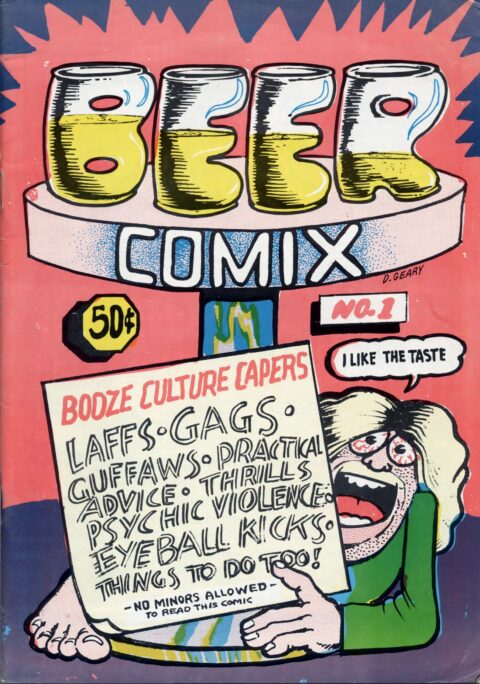
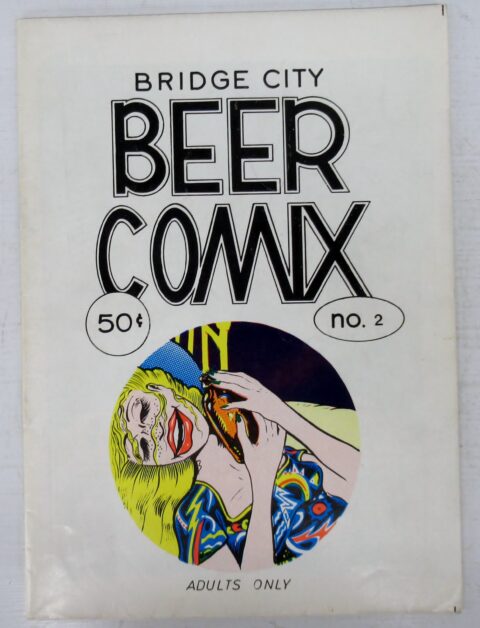
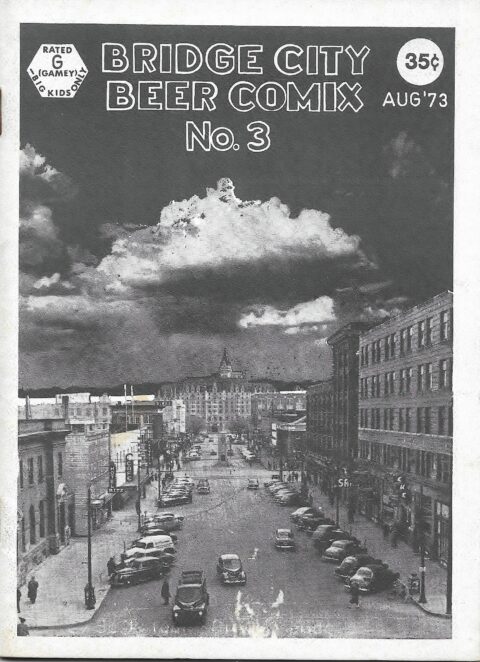
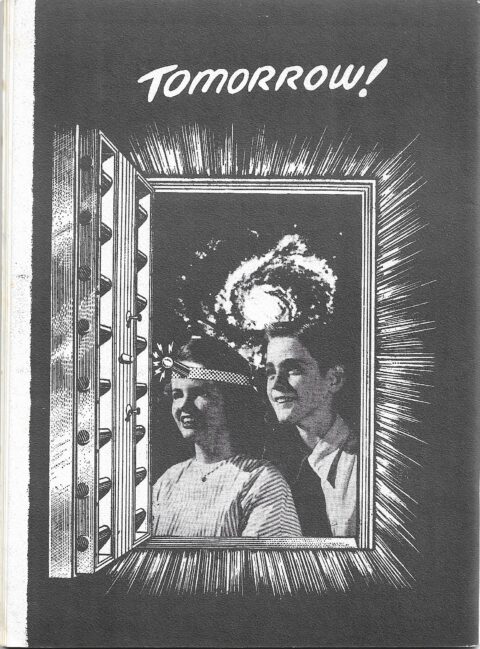
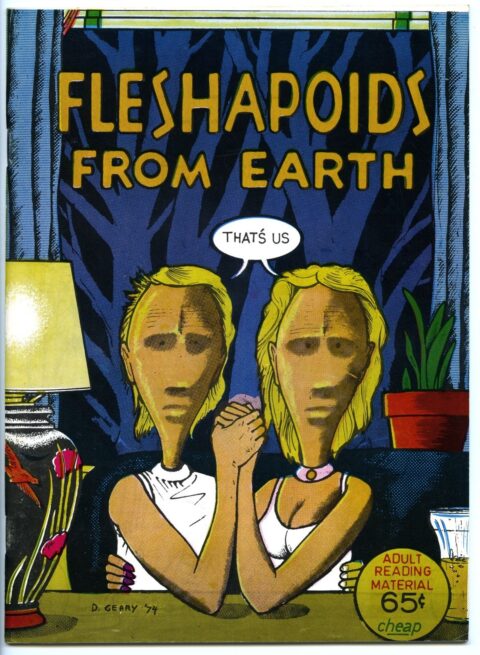
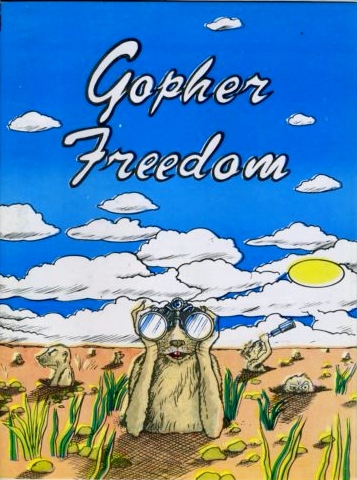
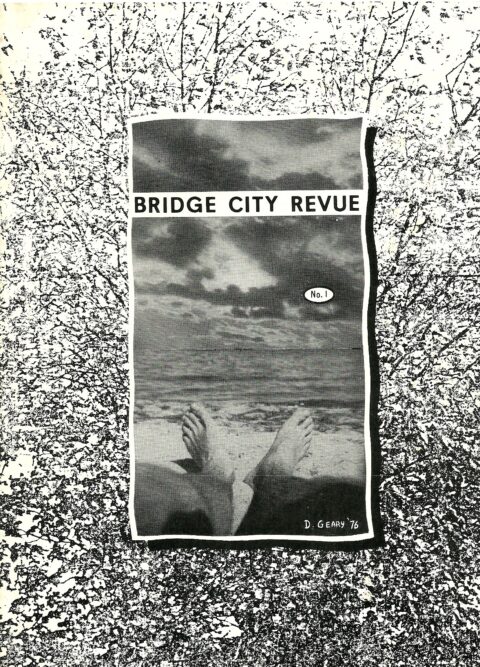
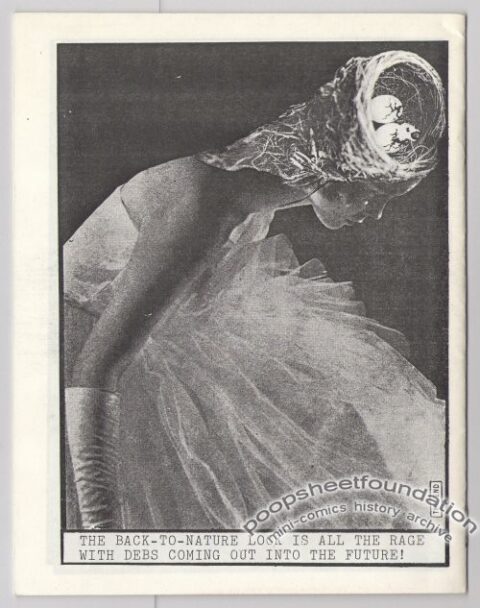
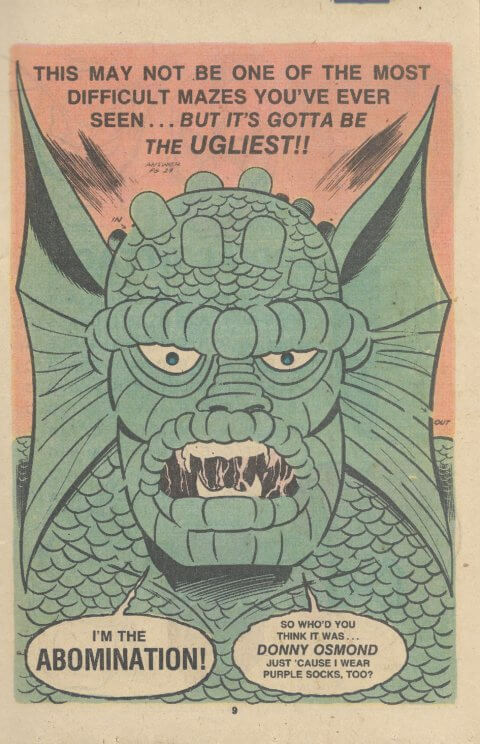
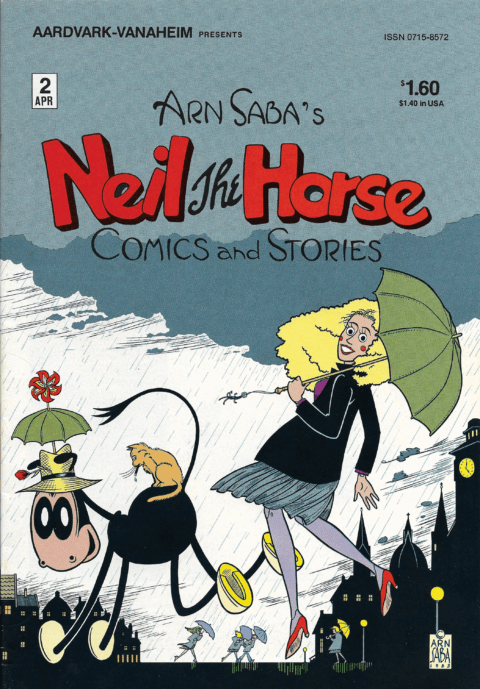
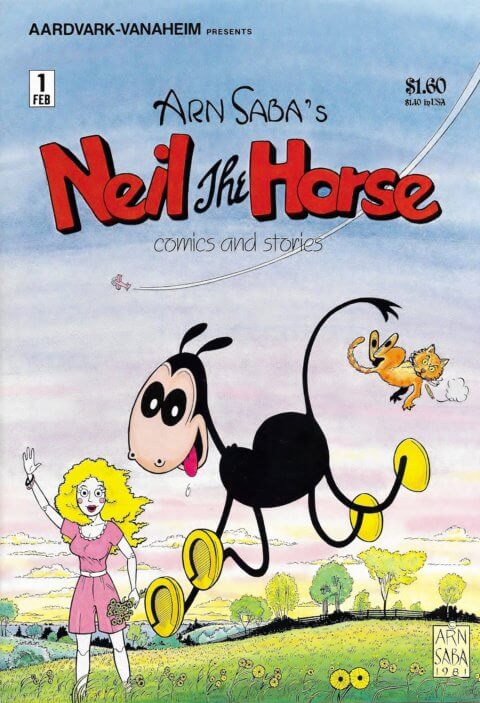
Excellent as always, Brian. Thanks for your efforts!
–Rick
Likewise, Rick. Without your work we wouldn’t have access to information about so many mini comics. If you folks come across additional Geary minis down the road, please let me know.